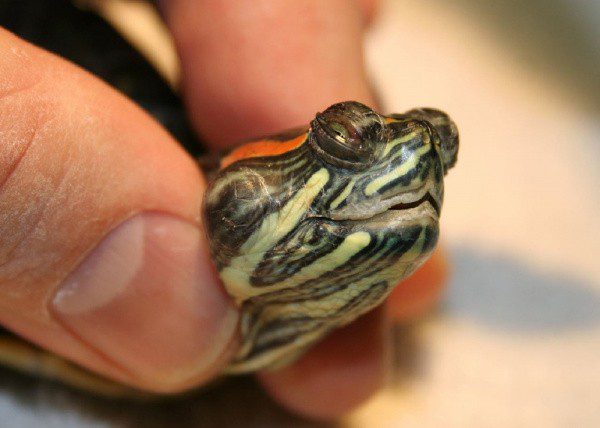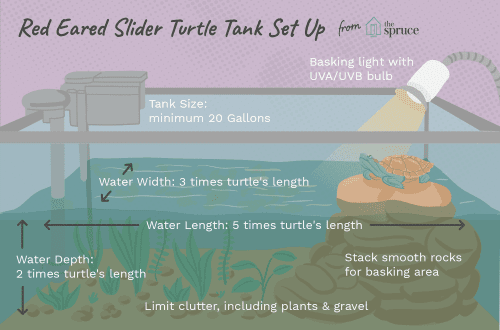
Turtle disease symptoms
A person can complain about his malaise and describe in detail what worries him, but our pets do not have such an opportunity. If by the behavior of a beloved cat or dog we can still determine what mood she is in, then with turtles everything is much more complicated.
Turtles live in a terrarium and do not contact us. Some of them spend almost all the time in the water – and how can you understand if something is bothering a silent friend?
It is not easy to notice any health problems in a turtle in a timely manner. Especially if you got this pet for the first time. Over time, you will learn to easily notice their condition, conduct a good home examination and determine if your turtle is healthy. In the meantime, this does not happen, we list the symptoms of diseases in turtles. If you notice them, you should immediately contact your veterinarian.
The sooner you contact a specialist, the easier it will be to prevent the problem. Do not attempt to cure a turtle yourself unless you are qualified to do so. Diagnosing diseases in reptiles is no easy task, as is prescribing treatment. You need to trust it to professionals.
Turtle disease symptoms
- Refusal to eat
Inactivity and withdrawal from warming up
Difficulty breathing, wheezing
The presence of mucus in the oral cavity, stretching threads
Runny nose (nasal discharge, often blistering)
Foamy discharge from the nostrils
Sneeze
Inflammation and swelling of the eyelids, discharge from the eyes
Redness or pallor of the mucous membranes (hyperemia and anemia)
Beak splitting, cracks
beak flattening
Skin peeling
Ulcers (abscesses)
Yellowness of the skin
Softening of the shell (the shell is pressed through when you press it with your finger)
Lightness and transparency of the shell
Changing the shape of the shell
Dry detachment of the horny scutes
Ulcers on the shell
Impaired limb mobility
Ulcers and calluses on the limbs
Swelling of the extremities
Falling on the side
Vomiting
A sharp unpleasant odor of urine.
Changes in the color, texture and smell of feces.
These are not all the symptoms, but every owner will notice them in their pet.
Some of the most serious and, unfortunately, common diseases in turtles are pneumonia and rickets. Pneumonia is indicated by breathing problems, wheezing, discharge from the nose and mouth, and the water turtle falling on its side when swimming.
Softening of the shell, changing its shape, delamination of the beak and impaired mobility of the limbs speak of rickets.
These diseases are very dangerous and, if left untreated, lead to the most sad consequences.
Swelling of the eyelids and peeling of soft skin can warn of hypovitaminosis A, vomiting and pallor of the mucous membranes – about the presence of parasites, sneezing – about a cold, discharge from the eyes – about an infectious disease, and sores and calluses – about injuries or a fungal or bacterial disease. In any case, the diagnosis is made by a specialist, and our task is to notice the symptoms in a timely manner and consult a veterinarian.
At first, it will be difficult for a novice fan to determine what is a deviation from the norm in the behavior or appearance of the turtle. It is better to always be on the alert and have on hand the contacts of an expert, who, in case of questions, can be contacted for advice.
Do not be ill!





